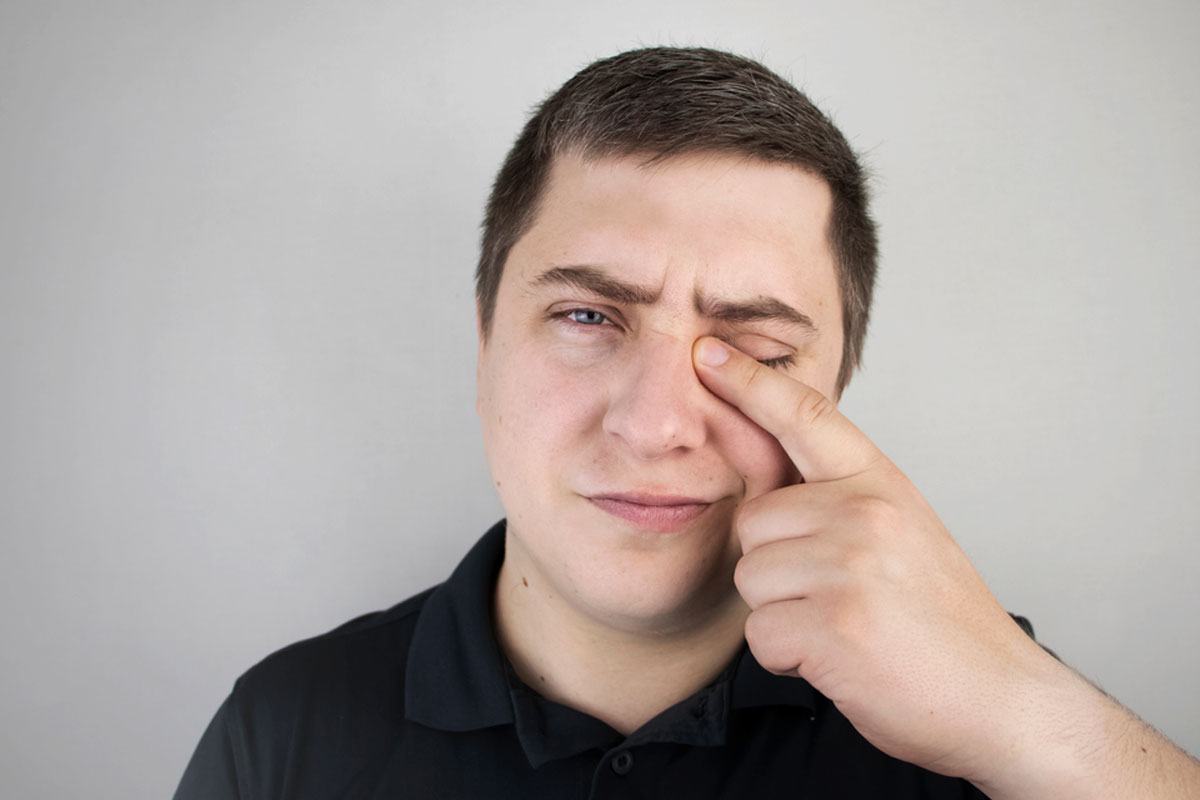
An oculoplastic procedure would be a kind of surgery done round the eyes. includes a wide variety of surgical procedures that deal with the eyelids, tear ducts, orbit (eye socket) and the face. It also deals with the reconstruction of the eye and associated structures.
You may have this procedure to correct a medical problem or for cosmetic reasons. Oculoplastic procedures are done by eye doctors (ophthalmologists) who have special training in plastic or reconstructive surgery.
Functional oculoplastic and facial surgery involves repairing areas that are blocking or otherwise impairing vision. These can include:
- Congenital defects
- Eye/facial disorders
- Aging
- Burns
- Tumors
- Other traumatic injuries
Any of those conditions may require functional reconstructive and cosmetic surgery on and round the eye or eyelids.
Orbital Oncology and Ophthalmic plastic surgery may be a subspecialty that focuses on the surgical treatment of tumors of the eye, orbit, eyelid, conjunctiva and other ocular adnexal structures, as well as reconstructive surgery within the periocular region in cancer patients. At Hashmanis, the primary goals of this subspecialty are surgical elimination of ocular and orbital cancers while preserving the eye and vision, and restoring function and cosmesis within the periocular region.
Read More
Having a blocked tear duct means your tears can’t drain normally out of that eye. The condition is common in infants, but it can develop in adults, too. And while a blocked tear duct is usually harmless for babies, in adults it can sometimes be an indication of a significant health problem.
Oculoplastic surgery (also known as ophthalmic plastic surgery) is a specialized dynamic field of medicine that combines the microsurgery of ophthalmology with the cosmetic principles of plastic surgery. This branch of ophthalmology focuses on plastic and reconstructive surgery of the eyelids, tear ducts, and orbit, along with cosmetic surgery of the eyelids and brows. Oculoplastic surgeons also perform aesthetic rejuvenation procedures on the face with Botox/Xeomin, and facial fillers like Juvederm, Radiesse, and Belotero.
Non-surgical medical procedures are used to diagnose, measure, monitor or treat problems like diseases or injuries that don’t require surgery. They’re generally not highly invasive and don’t involve cutting. Non-surgical procedures are administered by a health care provider like a physician, general practitioner (GP), diagnostician or nurse.
